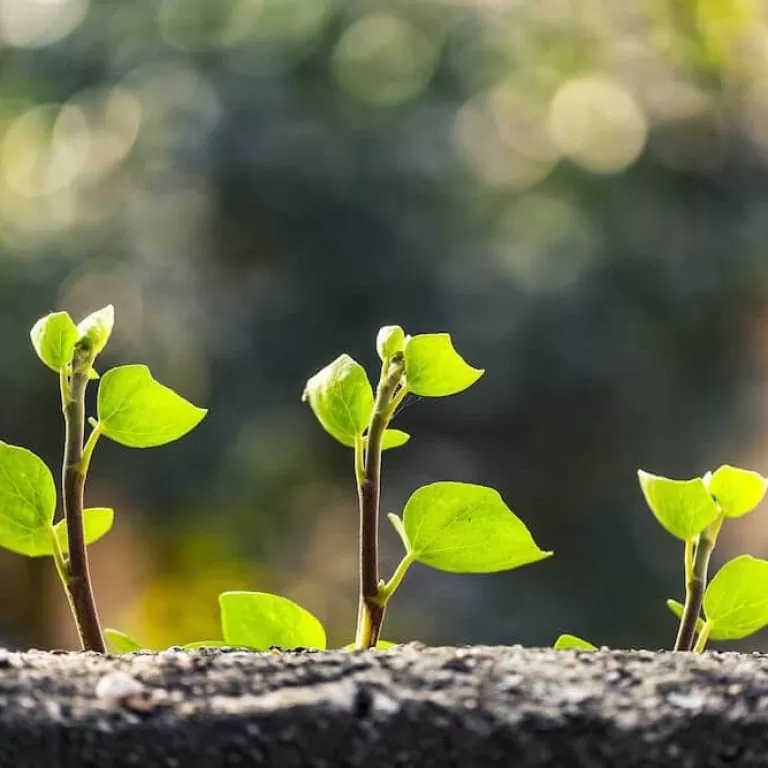
News Time-Lapse Trends: growth
“Time-Lapse Trends” is a video blog series which draws attention to some of the many exciting trends in time-lapse production. We feature a new trend in each instalment, to demonstrate the scope of the medium and the various ways in which it is applied, ranging from the popular to the more obscure.
This instalment of “Time-Lapse Trends” features beards, plants, and some little & big humans, to explore the applications of time-lapse when documenting processes of growth.
Time-lapse seems like a natural companion to the study of science as it is a discipline that largely deals with expected change.
In many ways, time-lapse offers another mode of storytelling. No matter the subject of capture, there will always be a beginning and an end with a certain level of progress and change visible in between.
From this perspective, documenting growth seems like a logical subject for time-lapse as the interval photography element allows any accumulative progress to be comprehensively recorded and played back.
This sometimes reveals details that cannot be picked up in real time. There is also a satisfying quality to viewing progress in a manner of minutes.
Of course, growth is quite a broad category and so there are many options to explore, some that appear more commonly than others.
‘On trend’ time-lapse – beards
An incredibly popular topic for time-lapse in this category are beards.
Tracking the progress of facial hair is perhaps not as interesting as when viewing the accumulative effect.
From one day to the next it would be difficult to distinguish any changes in hair growth, but when condensed into a tidy sequence such changes appear almost immediately.
As John Burkhardt shows, using the same composition and camera framing to capture each stage of the process makes these changes even more pronounced.
Most interesting about this example is that the beard growth is only part of John’s story. Travelling across the globe for nine months makes for an exciting and unique backdrop to this narrative.
As the surroundings change, so does the beard – and so both can be experienced as part of the same epic adventure.
The wonders of human life
From one epic nine-month adventure to another, this video by Jon Travis is another example of how time-lapse is utilised to show growth.
Tracking progress in weeks rather than in days works effectively in this instance as considerable change to the size and shape of the baby growing inside ‘Mum’ is notable every time the image updates.
The black and white filter used helps not to distract attention away from the mother as subject, with the lighting and compositional elements focusing on this beautiful, natural process.
Human life is probably one of the most profound natural processes to capture so why stop at nine months of pregnancy?
This time-lapse video by Hofmeester shows his daughter Lotte, from the day that she was born right through to her 16th birthday, capturing in weekly intervals.
The portrait-style narrative is part of an ongoing project that continues to be updated as Lotte gets older. This really is a study of the face – it is amazing to see, as Lotte grows, the increasing range of expression and emotion contained on her face.
Other living organisms
The growth of other organisms can be rendered with just as much depth as human life with time-lapse.
The use of macro photography in combination with time-lapse helps to accentuate this depth, isolating details that are not visible to the human eye.
‘Macro Timelapse’ by Daniel Csobot provides an excellent example of this at work.
Depicting the growth of a Spiraea plant, from germination right through to the sprouting of its white and pink blossoms, the macro positioning of the camera helps to bring the tiniest detail into focus.
The acceleration that time-lapse generates reveals the movements and intense labour that these organisms perform over the course of time that cannot be comprehended any other way.
Daily rituals
Daily rituals like exercise are a common subject of time-lapse capture, particularly when used to document muscle gain and weight loss.
Body transformation is perfect for time-lapse. Like most growth processes that we have featured here, progress like this will not reap results instantly. Progress is only visible when a significant amount of time can ‘lapse’ in between.
While this time-lapse from BoutenkoFilms may not show such an extreme body transformation as other videos available on the Internet, it does show considerable progress relative to the period of time documented.
The video tracks the physical transformation of the subject over 145 days of fitness training, comprised of 50 minute work-outs 3-5 times per week. As this video proves, change is a steady process but results can be gained, however subtle they appear.
From the time-lapse video examples selected here, all change appears gradual, sometimes to the point where it is not visible to the human eye.
But with such an interesting and adaptable photographic technique at your disposal, changes over time can be visually presented in a way that celebrates gradual processes.